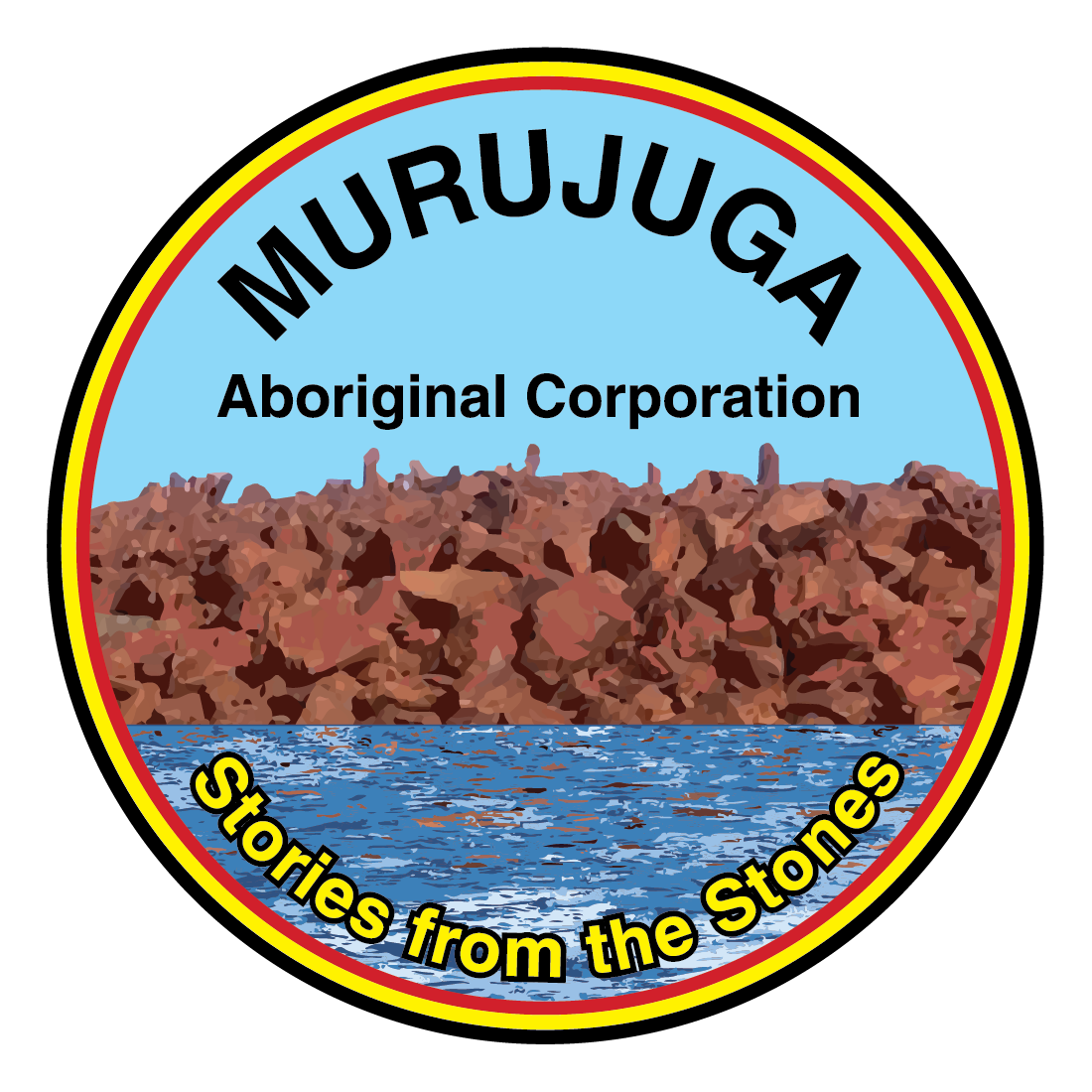Edible Oyster Project
Murujuga Aboriginal Corporation (MAC) is assisting with the Pilbara Rock Oyster Research and Development Project being conducted by the Pilbara Development Commission (PDC) and the Fisheries Research Development Corporation on behalf of the Australian Government, City of Karratha and Maxima Pearling Company.
MAC and Maxima Pearling were granted $30,000 through the Premier’s Agriculture and Aquaculture Entrepreneurship Program to tour rock oyster farms in South Australia. This grant enabled MAC and Maxima Pearling to gain valuable insights into the production of edible oysters in the Pilbara. It is hoped that the current studies into edible oyster production will assist efforts to establish an edible oyster industry in the vicinity of Murujuga.
Aquaculture is the world’s fastest growing food production sector. If successful, the project could provide employment and training opportunities for Traditional Custodians as well as enhance tourism opportunities. A pilot project to grow rock oysters in Flying Foam Passage is being undertaken by Maxima Pearling and the PDC, in collaboration with MAC. The aim of the trial is to test a range of equipment and locations as well as to assess growth rates in order to determine the best set up for a commercial operation in the Pilbara.

In March 2018, intertidal lines were installed at the trial sites in Flying Foam Passage. A crop of 3,000 wild juvenile oysters were collected and placed in grow out baskets at the trial sites. Sub-tidal lines were installed a month later.
In June 2018, the trial was boosted by the arrival of more than 120,000 juvenile oysters, from WA’s shellfish hatchery in Albany, to their new home on the Dampier coast. It is hope that these juvenile oysters will grow to market size during the course of the project. The baby rock oysters (referred to as ‘spat’) typically take 12 to 18 months to grow to market size.
Murujuga Rangers were trained in the correct and safe placement of juvenile oysters in the grow out baskets. They were also schooled in the fitting of monitoring equipment following a mock deployment exercise held by WA mussel producer Blue Lagoon Mussels in conjunction with Research Officers from the Department of Primary Industries and Regional Development in advance of the crop’s arrival. The rangers worked with Maxima Pearling to deploy the oysters to the trial site. They have an important and ongoing role in checking the lines and monitoring the progress of the ‘spat’.
For the latest information visit the Northern Australian Tropical Rock Oyster Research and Development CRCNA project page.

